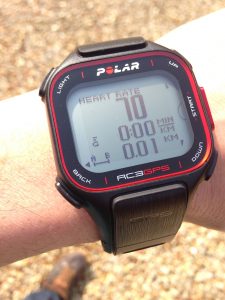Self-monitoring has the potential to improve health-related behaviors, by providing feedback used by individuals to both assess their status and provide ongoing support towards a set goal. To assess the impact of self-monitoring on levels of physical activity, 500 Cambridge Biomedical campus staff took part in the ‘Get moving’ study and were randomised to either a no-intervention control group or one of three minimal contact interventions: i) Self-monitoring diary; ii) Web-based feedback about levels of activity through wireless transmission of data from a wrist-worn tri-axial activity monitor; or iii) Activity feedback plus a web-based automated “virtual coach” providing tailored feedback on progress with diet and activity as well as theory-based support. The present qualitative study explored intervention participants’ experiences of the process and nature of feedback in order to identify how they acted upon or processed the information they receive. Findings revealed that accounts did not differ according to allocated monitoring device but included other people and features of the environment leading to the conclusion that self-monitoring is neither solely about “self” or exclusively about “monitoring”. This suggests that a more expansive social and material understanding of feedback can give insight into the ways information is made active and meaningful for individuals in their everyday contexts.

